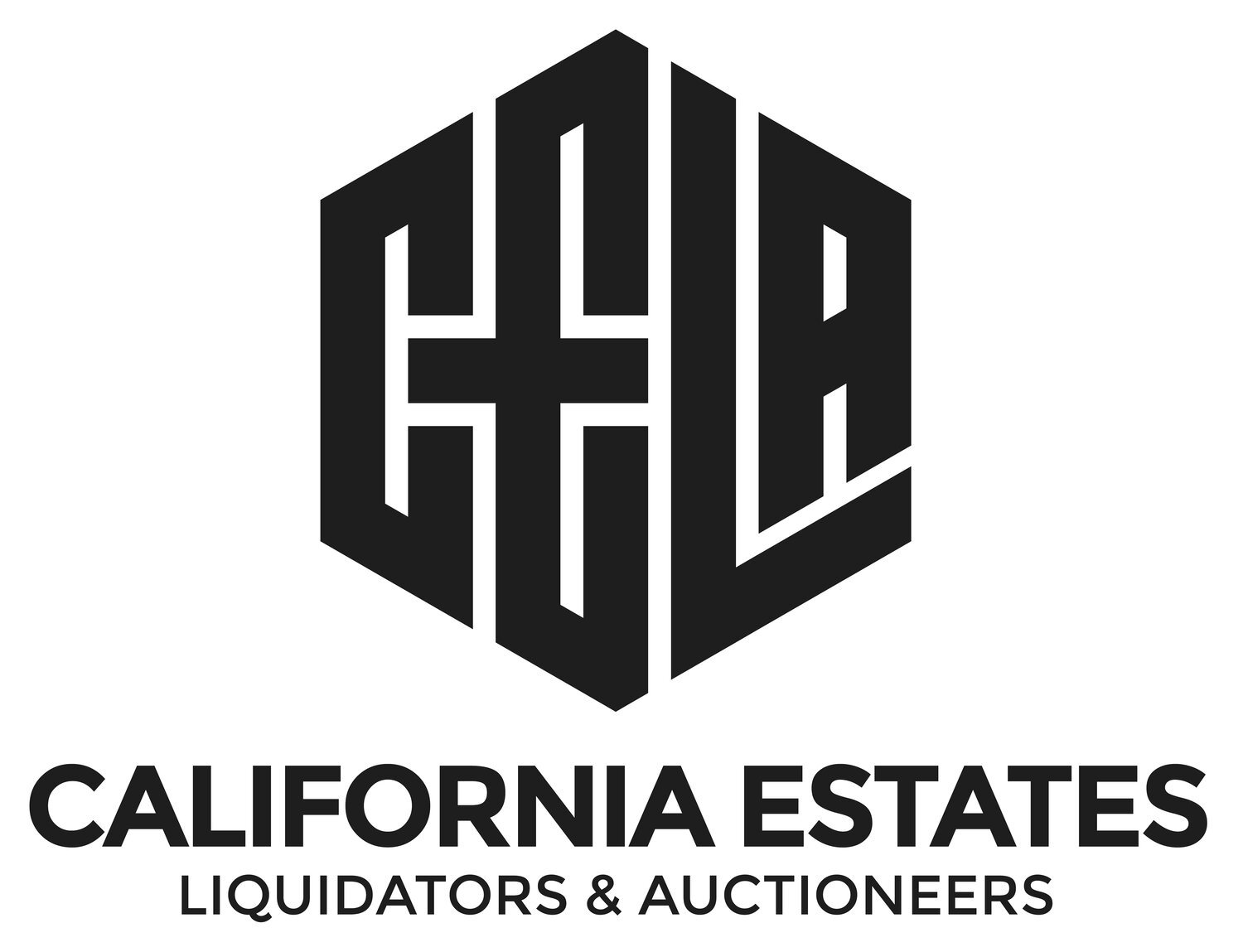DOS & DON'TS FOR STARTING A BOOK COLLECTION (FROM INVALUABLE.COM)
In the world of book collecting, one trend seems to recur: our literary favorites are one day likely to become the collectibles adorning our bookshelves.
This year marks the anniversary of the births of two of the most beloved children’s authors of all time: Roald Dahl, author of classics like Charlie and the Chocolate Factory and Matilda, who would have turned 100 years old on September 13; and Beatrix Potter, renowned writer and illustrator of The Tale of Peter Rabbit, who would have turned 150 this past July.
Stemming from the fanfare around these milestones, as well as a renewed, nostalgic interest in these authors, recent book auctions have focused on children’s, illustrated, and picture books. Top sales have featured editions by the beloved Dahl and Potter, among other reputed authors
and illustrators of the 19th and 20th centuries.
Seasoned bibliophiles around the world have flocked to win these rare editions of children’s and modern adult classics, but those who are new to collecting 19th- and 20th-century rare books may question where exactly to start. To help provide some guidance, we turned to Deborah Macke, manager of the London branch of Potterton Books, a bookseller of over 30 years which specializes in “books for inspiration”; Max Hasler, specialist in modern first editions at the recently established London-based Forum Auctions; and Cathy Marsden, specialist in Rare Books and Works on Paper at Lyon & Turnbull.
Tips for New Collectors
Buy what you love.
It may seem obvious, but the first piece of advice from each of our specialists was to make sure everything you buy speaks to you. Popular purchases that you think might make you a quick buck have their own karma and, as Hasler says, “They may stay on your bookshelf a lot longer than you expect!” If you purchase something you enjoy, you’ll offset any pressure sell right away.
Ask questions.
According to Hasler, there are some basic questions you should ask yourself when considering a new edition to your collection, especially if your goal is ultimately to offer it for resale:
Why would another person want to buy it?
Is it beautiful?
Is it unique?
Was it illustrated by an artist/illustrator of note?
Is it informative, or would it appeal to a niche area of interest?
How old is it?
Of what quality is the printing?
Go niche, and do your research.
Once you’ve found a field you love, get to know it intimately. The best way to research your niche, says Marsden, is to find a bibliography you can trust and use that as a guide. You can normally find reference to one of these in an auction catalog.
Condition is paramount.
If you’re looking to re-sell, the importance of condition cannot be overstated. Up to 80 percent of the sale value of a book can depend upon the presence and condition of a dust jacket. So if you’re starting to collect, look for books with their original dust jackets, and try to find them in the best condition possible.
Keep an eye out for the unique.
Rarity is crucial to increasing value. Start by learning the basics behind identifying first editions, number lines, original dust jackets, advanced review copies, and more. A good place to begin learning is by exploring auction house sales results. You can also check out the latest edition of “Collected Books: The Guide to Identification and Values” by Allen and Patricia Ahearn.
While fully understanding what makes a particular 19th- or 20th-century book rare, however, will come with years of experience as a book collector, it’s never too early to start learning the ropes.

